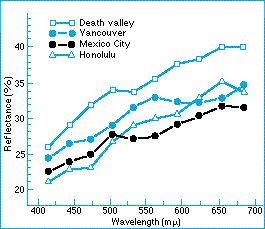The evidence for evolution - How can evolution be observed?

Observing evolution
The time available for humans to observe evolution actually happening is short, but a number of cases have been recorded in which a natural population of a species has changed in form over time. The kettlewell moth is the most famous example of this, but evolution in American house sparrows is also a good illustration:
The European house sparrow Passer domesticus did not colonize North America until 1852 when an initial breeding population was established in Brooklyn, New York. That population of house sparrows soon expanded, explosively, in size and geographic range: they had reached Vancouver by 1900, Death Valley by 1914, Mexico City in 1933, Costa Rica in 1974, and the species now breeds across most of the continent.
As the population spread it underwent evolutionary change, as first shown by Calhoun in 1947. North American house sparrows from different sites vary in their size, color, and form.
Figure: spectral reflectance curves for the breast of female house sparrows from four places; lighter birds have a higher reflectance.
| Next |



